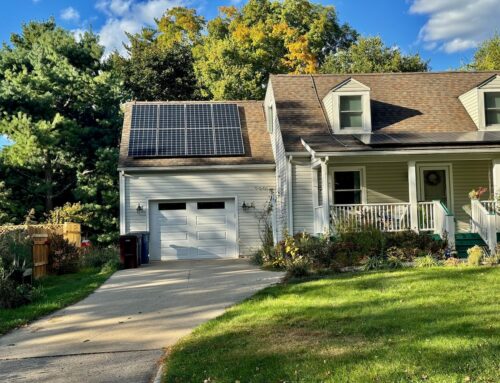Power grids served by renewable energy sources tend to have lower intensity blackouts
November 7, 2024

Recent studies examining the susceptibility of power grids reliant on weather-sensitive renewable energy sources (WD-RESs) like wind and solar suggest a promising outlook as various nations strive to achieve their climate emission goals—indicating that grids with significant WD-RES integration typically experience less severe blackouts in the United States.
This study analyzed US blackout data spanning from 2001 to 2020, providing valuable insights for any nation moving toward a power system dominated by WD-RESs.
For instance, in Ireland, renewable energy sources accounted for 38.9% of electricity generation in 2023, with expectations that this number will rise above 70% by 2030.
While the challenges posed by variable renewable energy generation are often debated in the context of the global energy transition, the influence of WD-RESs on blackout occurrences has largely been a matter of debate.
“Some have claimed that unstable RESs are responsible for increasing power grid unreliability under extreme climate conditions, whereas others have argued that wind and solar generation tend to be available even during extreme weather,” said Jin Zhao, Assistant Professor at Trinity College Dublin‘s School of Engineering, who led the research.
“The lack of understanding of the impacts of WD-RESs on power system blackouts has raised doubts about their use and, in some cases, driven a backlash against wind and solar integration. Considering the ambitious high-RES penetration and carbon emission goals that have been set for future power systems, it was high time we improved our understanding of the role RESs play in blackouts.”
Recent research demonstrates that power systems with higher penetration of WD-RES (Wind and Distributed Renewable Energy Sources) do not suffer from increased vulnerability to blackouts. In fact, when blackouts do occur in these systems, they tend to be less severe, as evidenced by a lower number of affected customers, decreased demand loss, and shorter durations of outages in high WD-RES penetration grids.
Furthermore, while the analyses demonstrated that severe weather heightens a power system’s susceptibility to blackouts, high penetration of wind and direct solar energy sources does not exacerbate the vulnerability of power systems to weather-related blackouts, even when focusing solely on those caused by weather conditions.
“The major take-home message here is that WD-RESs are not the main culprit for blackouts during extreme weather events, and the higher penetration grids tend to experience lower blackout intensities when they do occur,” Prof. Zhao added. “This is promising from an Irish perspective, although we are a lower-inertia island system that could be more sensitive than the large interconnected systems like those seen in the US and in the power systems of continental Europe. All of this makes it super important to focus on our Irish power system with similar research specifically, and that is the next step for us – we have recently secured funding to do just that.”
Journal reference:
- Weather-sensitive renewable energy sources do not subject power systems to blackouts. Nature Energy, 2024; DOI: 10.1038/s41560-024-01657-w
Search
RECENT PRESS RELEASES
Related Post


